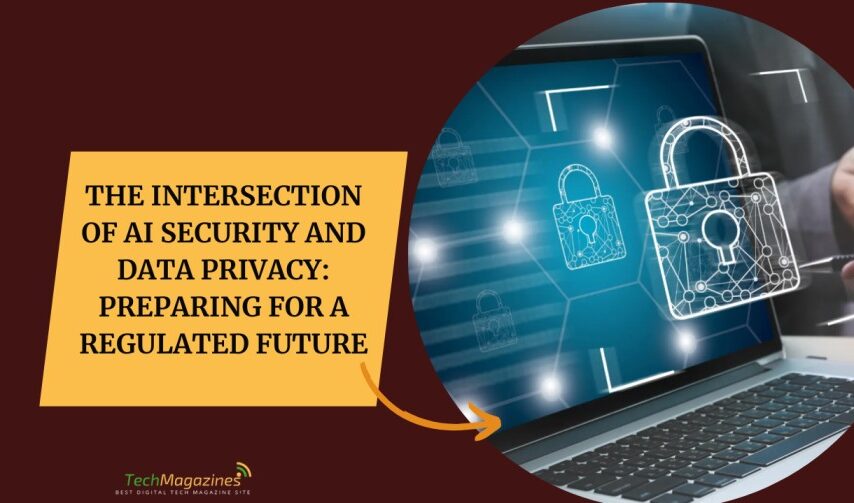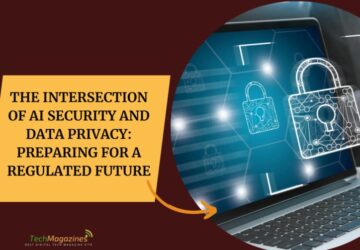Artificial Intelligence (AI) is revolutionizing industries, unlocking efficiencies, and enabling innovation at an unprecedented scale. From finance and healthcare to education and retail, AI-driven systems, especially large language models (LLMs), are now embedded into the core of business operations. However, this rapid adoption comes with escalating concerns around security and data privacy. As governments enact stronger regulatory frameworks and malicious actors exploit AI vulnerabilities, businesses must prepare for a future where the security of AI and the integrity of data are inseparably linked.
The Dual-Edged Sword of AI
AI technologies, particularly machine learning models and generative AI, are data-hungry by design. They require vast amounts of information to be trained effectively, often drawing from sensitive or proprietary datasets. This dependency creates two major risk vectors:
- Data Privacy Risks: AI systems can unintentionally memorize and regurgitate personal or sensitive data. If proper data anonymization protocols aren’t followed, organizations may unknowingly violate privacy laws such as the EU’s General Data Protection Regulation (GDPR) or California’s Consumer Privacy Act (CCPA).
- Security Vulnerabilities: AI introduces novel attack surfaces. From prompt injection attacks to training data poisoning, adversaries are actively targeting the internal logic and data flows of AI models. Unlike traditional IT systems, the opaque nature of AI decision-making makes threat detection more complex.
These risks have drawn the attention of regulators and security professionals alike. The recent Executive Order 14110 in the U.S. mandates increased oversight of AI systems in federal use, emphasizing the need for red-teaming and vulnerability assessments specific to AI environments.
Regulatory Pressure Is Rising
Regulators worldwide are accelerating efforts to ensure that AI systems operate safely and ethically. The European Union’s GDPR remains the global gold standard for data protection, requiring that organizations obtain explicit consent for data use, provide transparency in data processing, and offer the right to erasure.
While GDPR was not designed with AI in mind, its core principles apply directly to AI systems that process personal data. Businesses must answer challenging questions such as:
- Can the individual’s data be traced and deleted from AI training sets?
- Is there a legal basis for processing personal data through AI?
- How do you explain automated decisions made by AI to consumers?
The upcoming EU AI Act and the FTC’s increasing scrutiny in the U.S. suggest that the compliance landscape will only get more complex. For businesses that rely on AI, this signals the urgent need to adopt a proactive, integrated strategy that addresses both security and privacy.
AI Penetration Testing: A Critical First Step
Traditional cybersecurity tools are ill-equipped to test the dynamic behaviors of AI models. Recognizing this, some platforms have introduced AI penetration testing services. These services simulate real-world attacks on AI systems, targeting LLMs, chatbots, and other AI interfaces, uncovering vulnerabilities such as:
- Prompt Injection Attacks: Manipulating inputs to make the AI behave maliciously or leak sensitive data.
- Data Extraction: Reverse engineering the model to retrieve training data, potentially exposing proprietary or personal information.
- Model Misalignment: Causing the AI to deviate from intended ethical or safety boundaries.
AI pen tests help organizations identify weaknesses early in development, remediate risks, and build consumer trust. As the OWASP Top 10 for LLMs gains traction, such specialized testing is becoming a best practice rather than a novelty.
The Role of Automated Compliance Platforms
While AI penetration testing addresses model-specific risks, the broader compliance challenges require ongoing governance. This is where platforms like Compyl come in. Designed to automate compliance across multiple frameworks (including GDPR, SOC 2, and HIPAA), Compyl helps organizations continuously monitor and document their data handling and security controls.
Features like centralized policy management, audit trails, and automated evidence collection make it easier for businesses to demonstrate compliance during audits or incident investigations. Importantly, these platforms are evolving to include AI-specific compliance features, helping companies align AI data practices with regulatory expectations.
A Unified Approach to Security and Compliance
To prepare for a regulated AI future, businesses must adopt a holistic strategy that integrates security, privacy, and compliance into the AI development lifecycle. Key steps include:
- Privacy by Design: Embed privacy principles at every stage of AI system development. Use techniques like differential privacy and data minimization to reduce exposure.
- Continuous Monitoring: Implement tools that track changes in AI behavior and data usage over time. Anomalies can indicate both security issues and non-compliance.
- Cross-Functional Teams: Encourage collaboration between developers, security teams, legal counsel, and compliance officers. AI governance is no longer a siloed responsibility.
- Transparency and Explainability: Develop systems that can justify their decisions in human-readable terms. This builds trust and supports compliance with “right to explanation” provisions under laws like GDPR.
How to Secure AI Systems and Ensure Data Privacy Compliance in 2025
The convergence of AI innovation and data regulation is reshaping the technology landscape. In this environment, treating AI security and data privacy as separate concerns is a costly mistake. Instead, forward-thinking organizations are embracing an integrated strategy, one that combines cutting-edge penetration testing with robust compliance automation.
As both threats and regulations evolve, companies that prepare today will be better equipped to harness AI’s potential tomorrow, safely, ethically, and legally.







